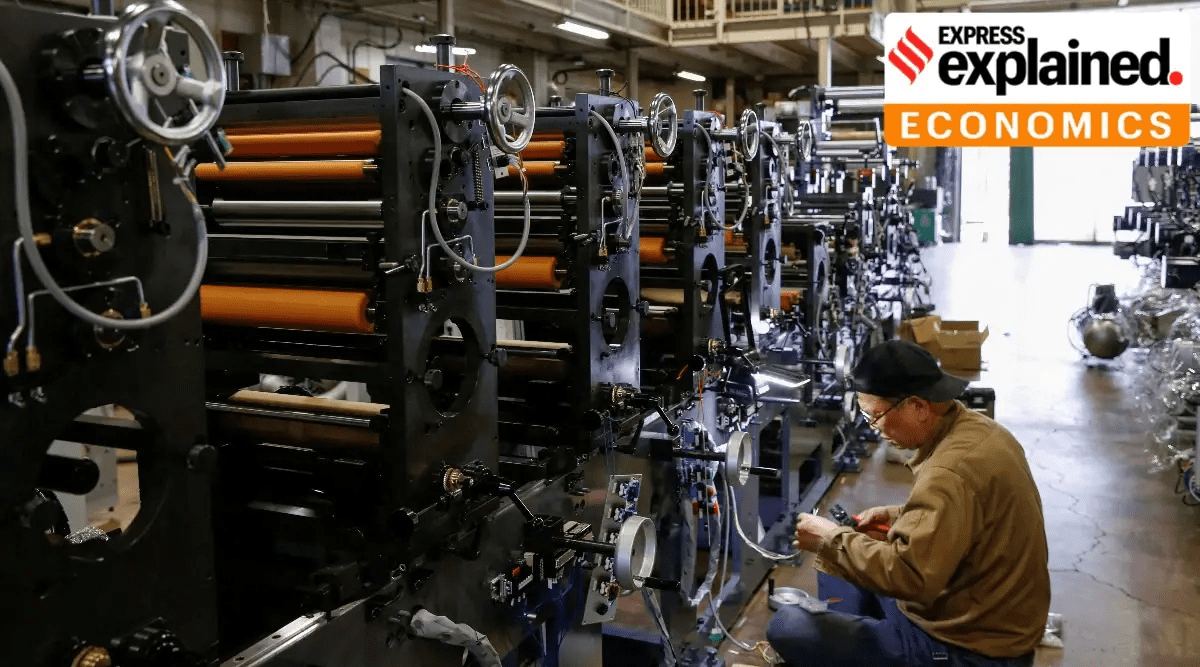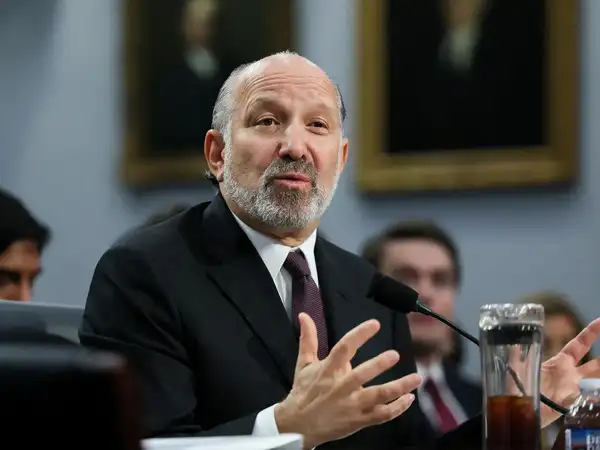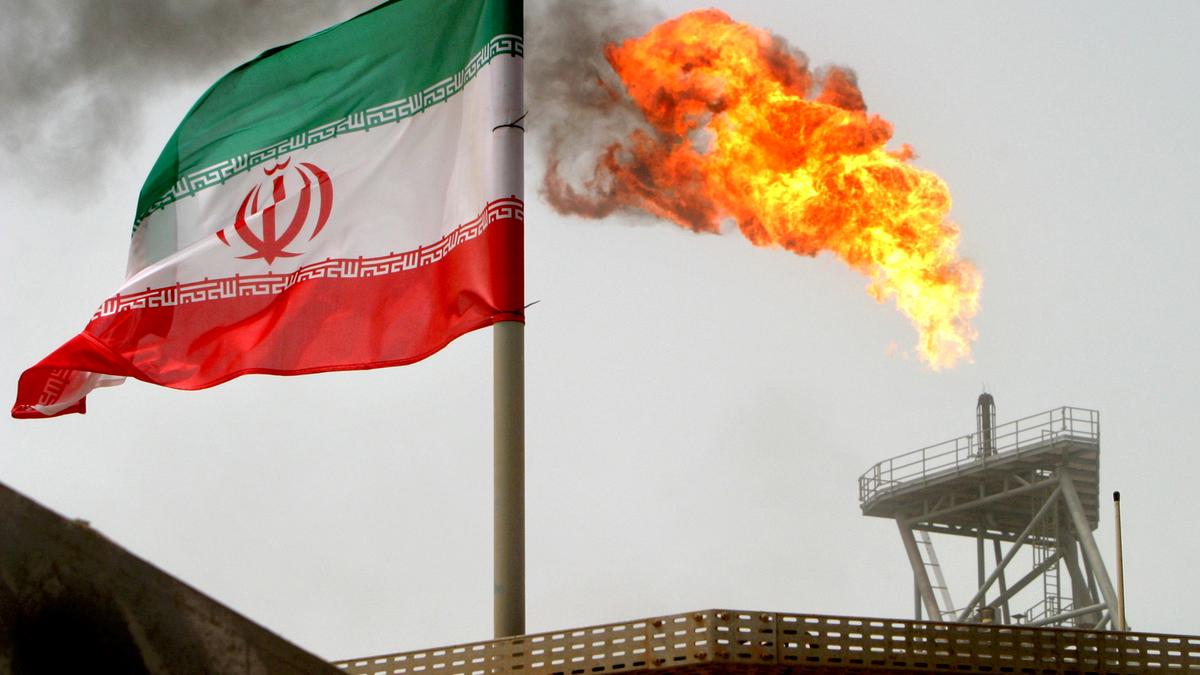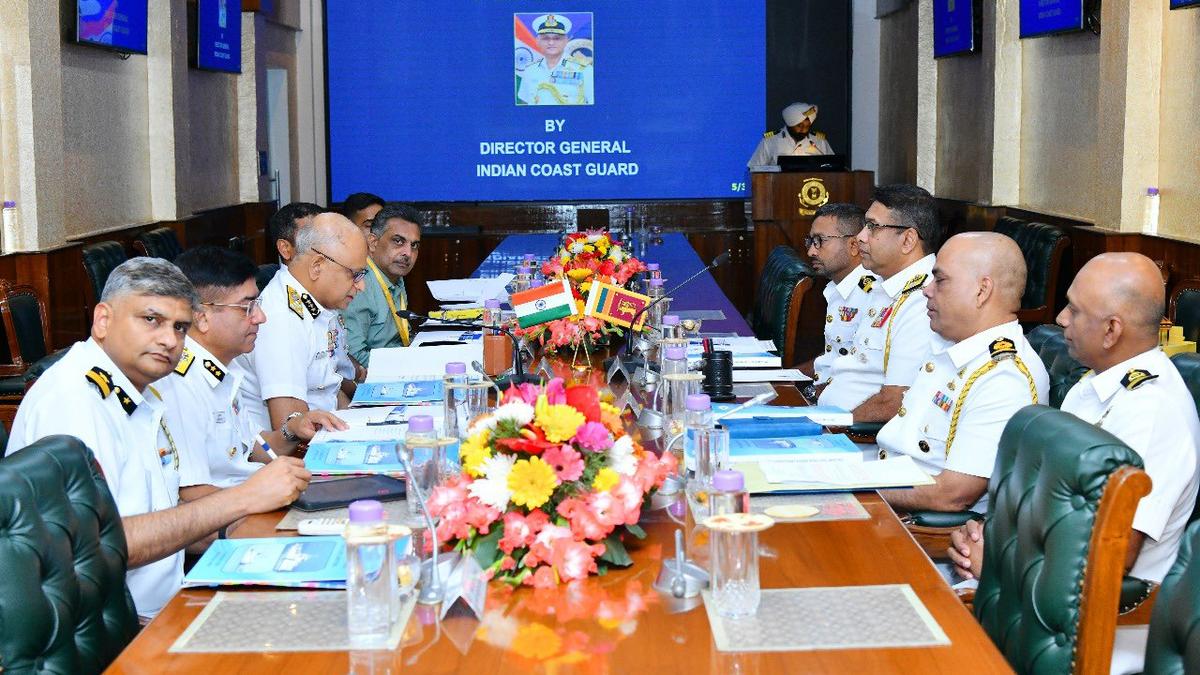Description

Copyright infringement is not intended
Context: That era formally ended in 2022, which has seen not one, but two wars. Both have upended the assumption of “doux commerce” – encapsulated in the sayings of the French philosopher Montesquieu that “commerce is a cure for the most destructive prejudices” and “peace is the natural effect of trade”.
.jpg)
Details:
- The first war was Russian’s invasion of Ukraine. The second is an economic war – in reality, a geopolitical confrontation between two superpowers.
- In 1910, the British journalist Norman Angell published a book titled The Great Illusion, which argued that war in the modern era was an “economic impossibility”. The sheer extent of financial and commercial interdependence between countries made conflict as futile for the conqueror as the conquered.
- Angell was proved wrong. On 28 July 1914, World War-I broke out, ending only on November 11, 1918. It also ended the first “golden age” of globalisation between 1870 and 1914
- By the time War War-II began in September 1939, the share of merchandise trade in global GDP had collapsed to 5.5%.
- In December 1996, yet another journalist, Thomas L Friedman, wrote in The New York Timesthat “no two countries that both have a McDonald’s have ever fought a war against each other”.
- He propounded this “thesis” just when the world had entered a new era of what Arvind Subramanian – who became Chief Economic Adviser to the Indian government – termed “hyperglobalisation”.
- Between 1990 and 2008, global trade in goods soared from 15.3% to 25.2% of world GDP. Inclusive of trade in services, the increase was from 18.8% to 31.7%.
- In early-October, the US issued rules restricting exports of high-end semiconductor chips, and the equipment to make them, to China. Further, it has pressurised the Netherlands, Japan and other countries to bar their chip gear manufacturers from supplying to China.
- By erecting a “silicon fence” around China, the Joe Biden administration is seeking to cut off Beijing’s access to advanced semiconductors and the technology to produce these chips
- Till recently, if not last year, not many imagined that Russia would forcibly occupy Ukraine. Both had McDonald’s, after all.
- Under former President Donald Trump, the US imposed tariffs on Chinese imports and blocked the telecom equipment giant Huaweifrom obtaining American components and technology.
- In a hyperglobalised world, not only were wars passé, but economies broadly followed the principles laid down by the late-18th/early-19th century economists Adam Smith and David Ricardo.
- Smith put it straight in his Wealth of Nations: “If a foreign country can supply us with a commodity cheaper than we ourselves can make it, better buy it of them with some part of the produce of our own industry, employed in a way in which we have some advantage”.
- Ricardo went one step ahead. Countries, he said, could produce even things in which they had no “absolute advantage”. What mattered was “comparative advantage”. In other words, producing what they were relatively least bad at.
- Belief in comparative advantage is what also propelled the second golden age – of “hyperglobalisation” – after 1990. It confirmed to Ricardo’s principle of each country devoting its resources “to such employments as are most beneficial to each”, while determining “that wine shall be made in France and Portugal, that corn shall be grown in America and Poland, and that hardware and other goods shall be manufactured in England”.
- Hyperglobalisation’s chief protagonist, however, was China that emerged as the “world’s factory” and a “mega-trader”
- The entire system of free trade was founded upon trust and comparative advantage trumping geopolitics.

https://indianexpress.com/article/explained/explained-economics/how-this-year-bid-au-revoir-hyperglobalisation-8347312/
Array
(
[0] => daily-current-affairs/hyperglobalisation
[1] => daily-current-affairs
[2] => hyperglobalisation
)









